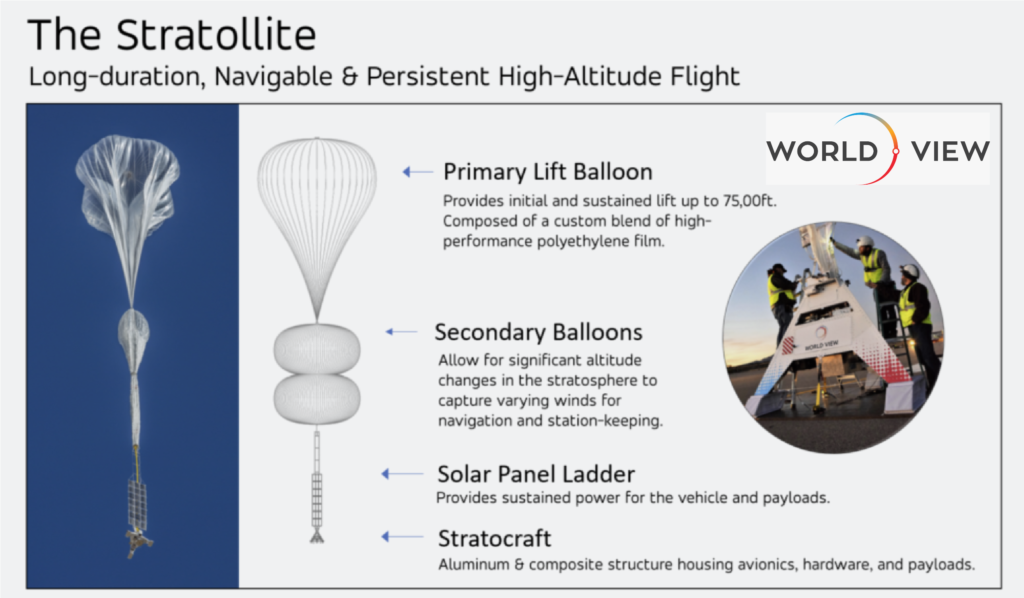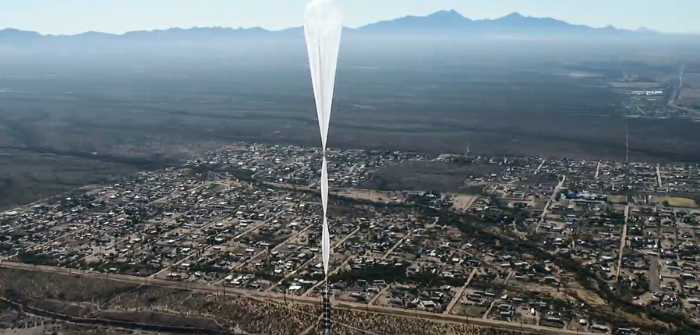The National Oceanic and Atmospheric Administration (NOAA) and World View Enterprises, an Arizona-based company that specializes in gathering data during long-duration, high-altitude balloon flights, are teaming up to take a uniquely detailed look at the composition of Earth’s stratosphere.
Under the agreement, World View Stratollite balloons will carry a miniaturized NOAA instrument to measure atmospheric particles on a series of flights in 2021 that will last weeks and cover thousands of miles at altitudes above 55,000ft. The flights will allow NOAA’s Chemical Sciences Laboratory (CSL) to explore the potential of using new autonomous platforms to acquire key scientific data in the stratosphere for extended periods over large geographic regions.
CSL is embarking on an expanded research effort to better understand the distribution and characteristics of stratospheric aerosols under background conditions, as well as improving the capacity to investigate injections of gases and aerosols from volcanic eruptions and very large fires. World View is donating space for the instrument on its balloon platform to NOAA at no cost.
“There really is no other platform right now that can allow us to make detailed, uninterrupted measurements in the stratosphere for this length of time,” said David Fahey, director of the NOAA Chemical Sciences Laboratory. “We’re not only going to be evaluating high-altitude balloons as a potential research platform. We also anticipate capturing important observations about the stratosphere on both sides of the equator during these flights.”
Scientists currently study the stratosphere from instruments on satellites, aircraft or weather balloons. Endurance high-altitude balloons, such as the Stratollite, might provide higher resolution measurements than satellites and would afford longer observational periods than aircraft or small weather balloons.
World View’s platform carries a wide variety of commercial instruments, such as sensors, telescopes and communications arrays. Using winds at different altitudes, the vehicle can be navigated to and from desired locations and loiter above them for long durations. They can be quickly launched on demand and return back to Earth after each mission.
NOAA CSL’s Portable Optical Particle Spectrometer (POPS) will be added to the World View Stratollite for several flights. The POPS uses an onboard laser to measure tiny suspended particles that influence stratospheric chemistry and reflect incoming sunlight. The miniaturized instrument, designed by CSL researchers in Boulder, Colorado, weighs 1.3 lb and is about the size of a lunch box.
POPS aerosol data collected in Boulder over the course of a full year of conventional weather balloon launches yielded 11 vertical profiles or days of data between altitudes of 50,000ft and 75,000ft, said Elizabeth Asher, a CIRES scientist working at CSL.
“By comparison, we expect one flight with World View could generate on the order of 40 days’ worth of data in this altitude range,” Asher said.
As is typical with NOAA research data, it will be available for public use and research after six months.




